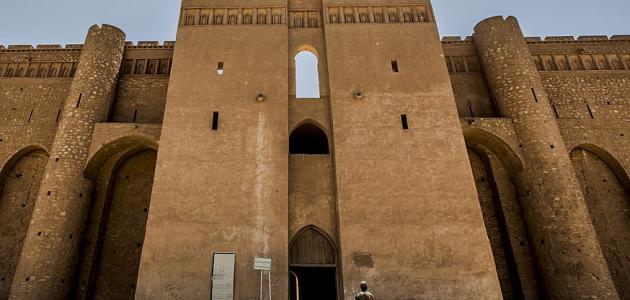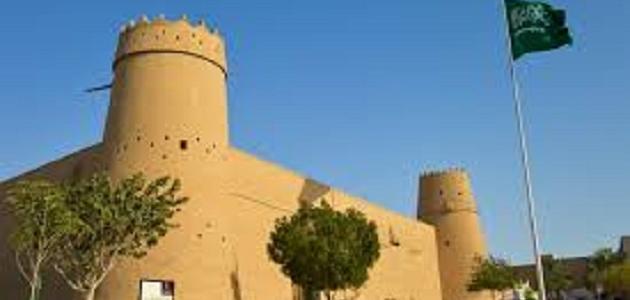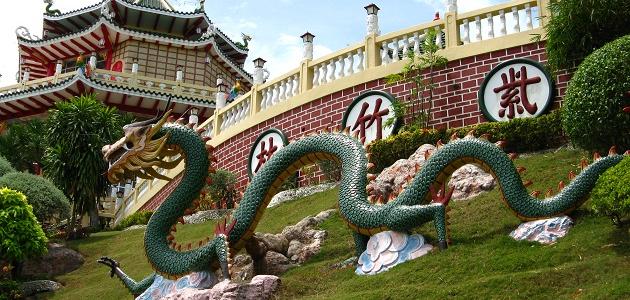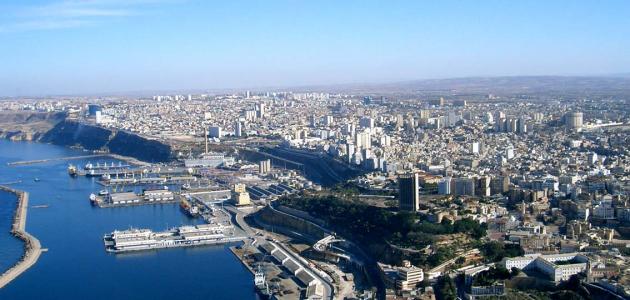Table of Contents
Palmyra effects
Palmyra is located in the desert of central Syria, and the city of Palmyra has witnessed its best ages in the period from the first centuries to the third century AD, where it carried the caravans that the various precious goods passed through, as well as carrying with them the different cultural influences that linked the north to the south, and the east to the west, and those appeared The effects are evident on the urban character of Palmyra, as the city was planned in the Hellenic style, which depends on dividing the city into main straight streets from which the smaller streets branch, so the city appears from above as a chessboard, built in the city temples dedicated to the worship of ancient pagan deities like Baal, Latt, El Beside the palaces and orchards, while the tombs were placed outside the city walls.
The most important archaeological sites of Palmyra
There are many archaeological sites in Palmyra, including the following:
- Romen theater: The Romen theater was built in two phases in the second and third centuries AD, where the runway was built in the first half of the second century, while the construction of the podium ended in the early third century, and the theater was designed in the form of a semicircle in which there is a space paved with stones for performances and has three gates dedicated to the gate Southern ones were used to introduce wrestling animals, and limestone was used in the construction.
- Nebo Temple: The prophecy of the god Apollo was equivalent to the Romens, the god of wisdom and prediction among the ancient Syrians, and was loved by the public to such an extent that his name was written alongside the name of the great deity Bal-Marduk. The construction of the Nebo Temple began in the late 1st century AD, and there were many expansions that continued until the beginning of the third century. More than thirty Greek columns were built around the temple’s structure, with a stairway leading to the center of the temple.
The history of Palmyra
It is likely that the name Palmyra dates back to one of the old Arabic dialects, which is derived from the verb “Dummar” which means protection, while in the Western languages it was called Palmyra, according to Latin, a name derived from the name of palm trees. It found in Palmyra antiquities dating back to prehistoric times, and in the pre-Christian period it destroyed a city independent of the Romens during their occuAl Bahahn of Syria, before it became part of it and the major commercial role of the city of Petra was transferred to it after the fall of the Nabatean state in the beginning of the second century AD. During this period, there were special advantages in the Romen Empire, until Queen Zenobia entered into a clash with the empire, which ended in the fall of the city in 272 AD.








